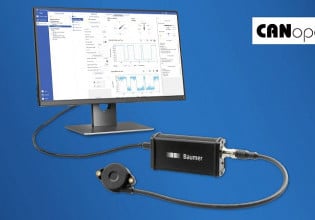C
Hello All,
Previously we had 25MW Condensing Steam Turbine. When it was Stopped or Tripped Barring was starting at @250 rpm spped and STG rotor was rotating at 250 rpm speed (STG supplied by Siemens). We have replaced same Turbine with Extraction Condensing type with same make and capacity. In this Turbine barring starts at Zero speed and rotor is shifted by 15 deg Angle with interval of time (self sequencing logic).
In a Frame6 Gas turbine Rotor is rotated 47 deg Angle after every 3 minutes.
My question is on what basis it is defined that rotor sould be rotated either at some speed (say 200 rpm) Or The Rotor should be
Shifted (change its position) with some Time interval. What is the Criteria?
Thank You
Previously we had 25MW Condensing Steam Turbine. When it was Stopped or Tripped Barring was starting at @250 rpm spped and STG rotor was rotating at 250 rpm speed (STG supplied by Siemens). We have replaced same Turbine with Extraction Condensing type with same make and capacity. In this Turbine barring starts at Zero speed and rotor is shifted by 15 deg Angle with interval of time (self sequencing logic).
In a Frame6 Gas turbine Rotor is rotated 47 deg Angle after every 3 minutes.
My question is on what basis it is defined that rotor sould be rotated either at some speed (say 200 rpm) Or The Rotor should be
Shifted (change its position) with some Time interval. What is the Criteria?
Thank You






